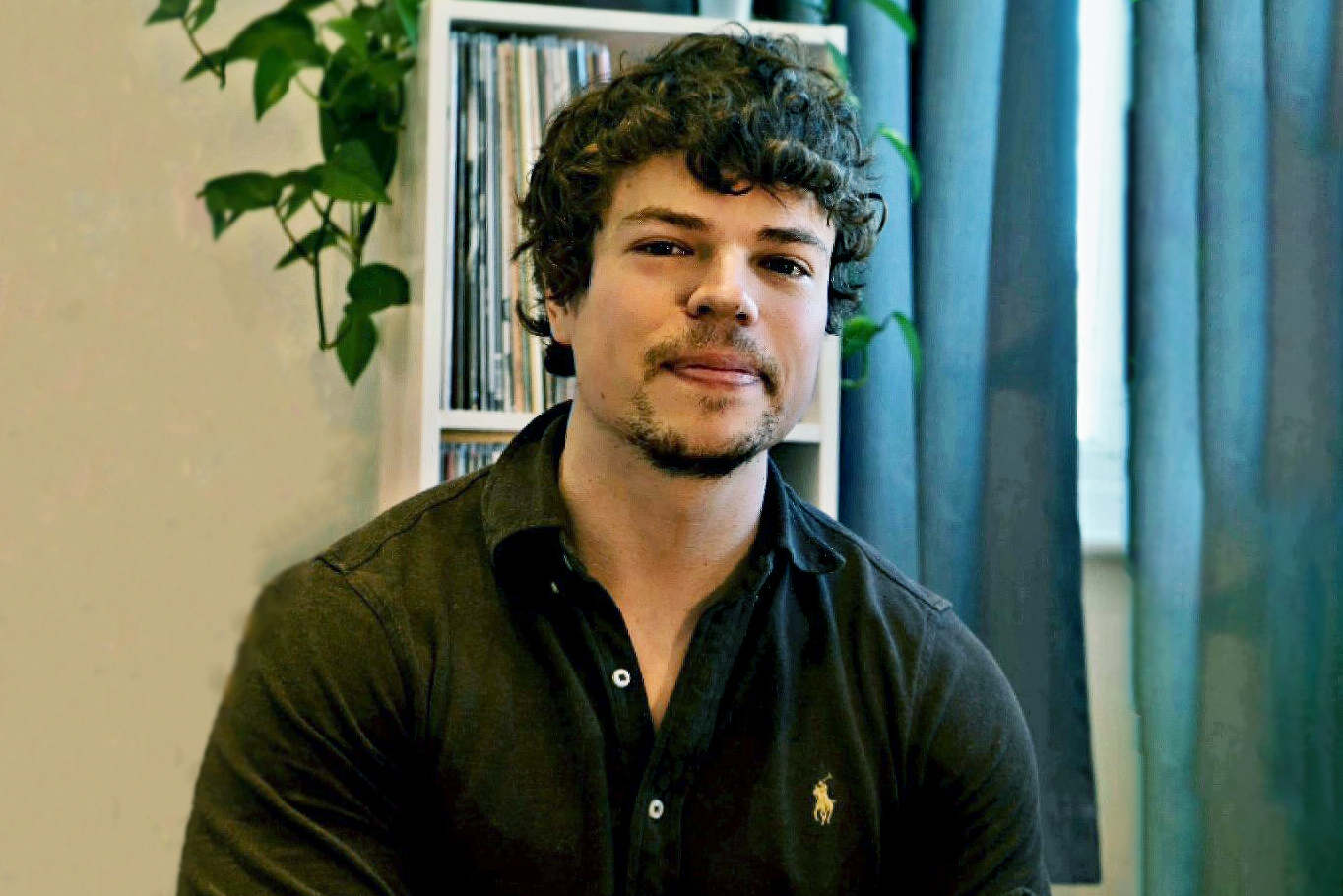Why I’m giving up on the ‘next big thing’

Remember Clubhouse?
Chances are, if you were working in or around the digital marketing world in spring 2021 (extra points if it was B2B tech), you will.
It gained traction during 2021 as an exclusive, invite-only, IOS-only and audio-only app that provided an interactive chat room experience for users – and digital marketers went wild for it. I would know, because I was one of them.
At work, we discussed the app at length. “How can we best make this work for our clients?” “Who is best placed to host their own room?” And in my case, “should I swap my android for an iphone purely because I have Clubhouse FOMO?”
Every day a new stat appeared, each one pointing to the same conclusion: Clubhouse is growing: get in now or get left behind. But when I logged off and spoke to my non-marketing friends, not one of them had even heard of it. Literally nobody cared.
At the time, I thought nothing of this. They clearly just didn’t get the changing nature of social media like I did – and we’d probably all have a good laugh about their ignorance in our Clubhouse chat room this time next year.
Turns out, they were right on the money. Clubhouse was a fad.
Once that initial exclusivity and the buzz of the ‘latest thing’ faded, it lost popularity as quickly as it gained it. And Clubhouse isn’t alone – see also: Twitter Spaces, Fleets, etc. The graveyard of ‘next big things’ continues to grow…
Friend or fad?
The fast-paced nature of our industry means fads are inevitable. Nobody can see into the future and predict the next big thing – however much they try and convince you they can.
The problem comes when we start spending valuable time and budget trying to shoehorn ‘the latest thing’ into our strategies, only to realise it was a waste of time all along. But on the flipside, if you assume every new thing is just a passing fad, there’s a real risk you’ll miss the one thing that actually does take off.
Take TikTok, for example. Many initially thought it was YouTube’s annoying younger sibling and that it’d disappear as quickly as it arrived. Today, it has over 1 billion active users each month and is used successfully by a whole range of brands to target a younger audience. Just look at the Washington Post.
So, here’s the rub: how do you spot the difference between genuine innovation and a short-term trend that’ll fizzle out as quickly as it shoulder-barged in?
The key is in understanding your audience and your brand.
What I learned from the Clubhouse craze is just how important it is to be selective about what to focus on – and make sure your content is going out to the places your audience actually hangs out.
TikTok is a great marketing tool for thousands of companies hoping to reach a Gen Z audience. But chances are, if you’re a B2B tech organisation targeting members of the C-Suite, it’s not for you.
I’m not suggesting you shut yourself and your brand off from every new content opportunity out there. But there’s no harm in taking a moment to pause and asking yourself a few questions to decide how worthwhile ‘the new thing’ actually is:
- A) If and how will it benefit your strategy in 6 months?
- B) Will it provide your audience with something your existing content strategy doesn’t already?
I find this a useful acid test to spot something that has potential, rather than wasting too much time following the crowd. Ultimately, if something won’t add value to your brand or your strategy, it’s not worth your time.
What to do instead of chasing trends
There are a whole host of effective ways to put your message out there creatively – and none of them involves wasting time or budget figuring out what Fleets are.
Don’t get me wrong, innovation is important. Any marketer too wedded to the tried and tested way of doing things risks missing genuine opportunities to improve their work. And new platforms and online initiatives can present really exciting new content opportunities.
But it’s also not worth jumping on every new thing purely for the sake of keeping up with the times.
So how do you innovate sustainably? Well, instead of diving into the next big thing – consider dipping a toe into the water first.
This could mean setting aside a few hours per month to brainstorm new ideas, or looking into the latest innovations and brush up on what’s going to work for your client. Then, once you’ve got an idea or a concept, you can work out what is and isn’t worth budget based on the tangible benefits it can provide.
Because, let’s be honest, a flashy new TikTok campaign might get you noticed by The Drum – but if your actual audience is more interested in a LinkedIn Live with your CEO – what good will that do?
So this is my pledge: I’m giving up on chasing the next big thing, and I think you should too.
